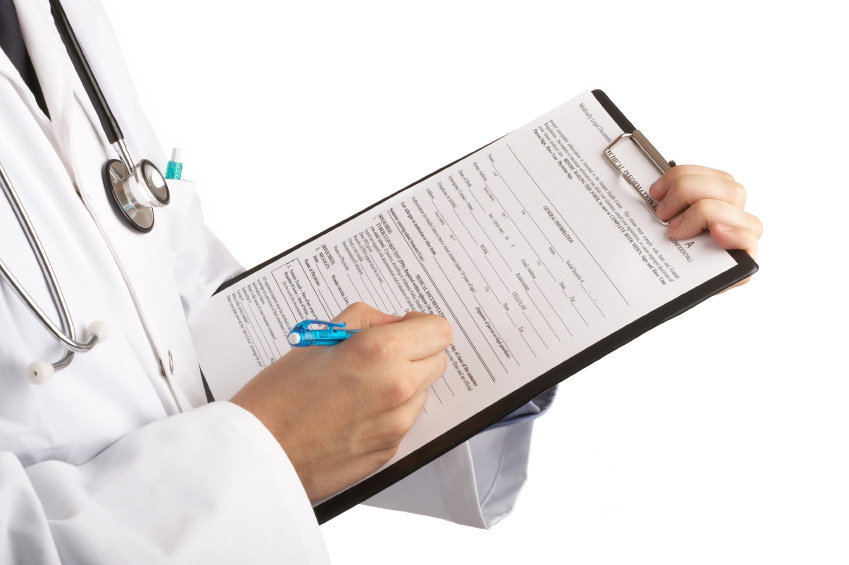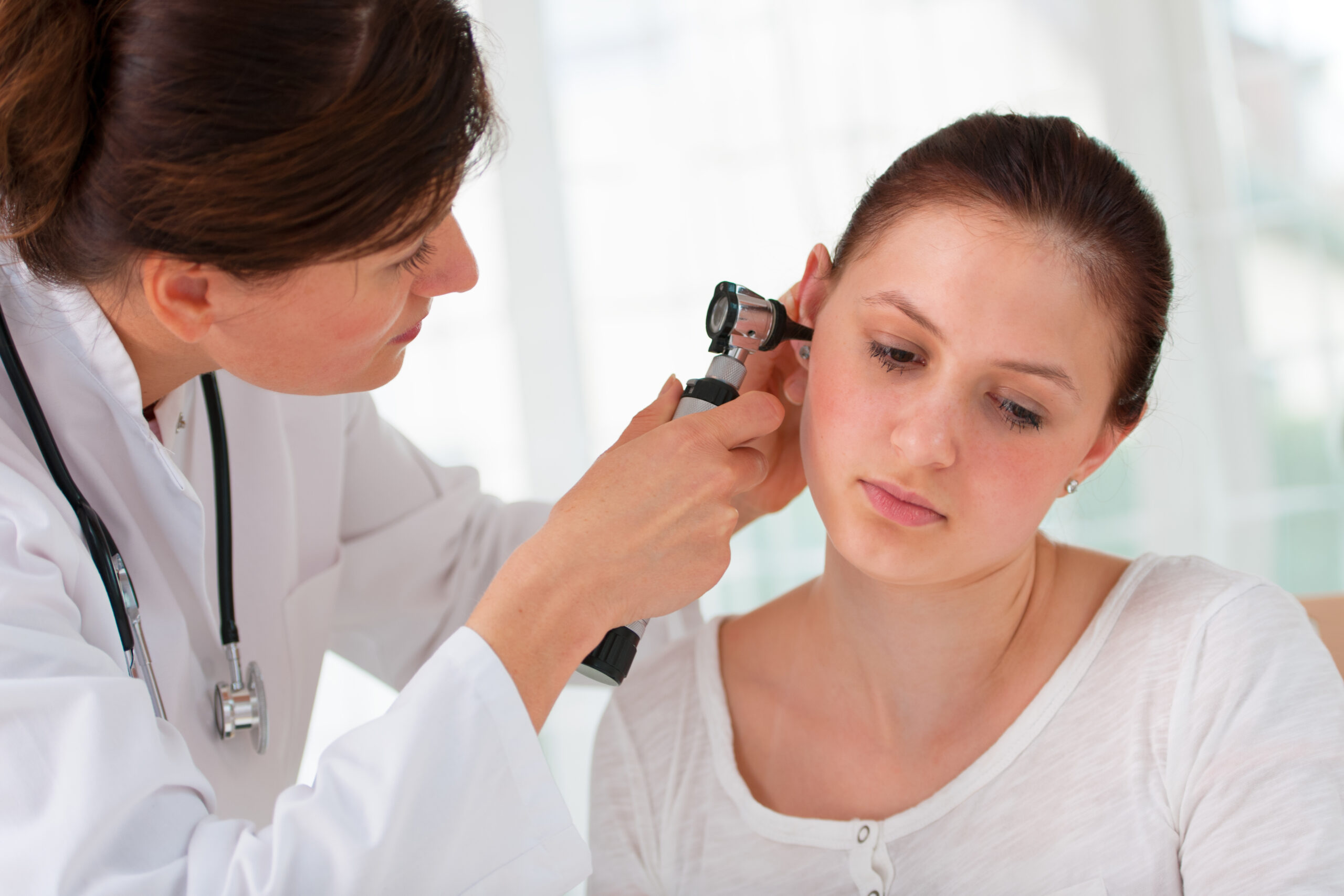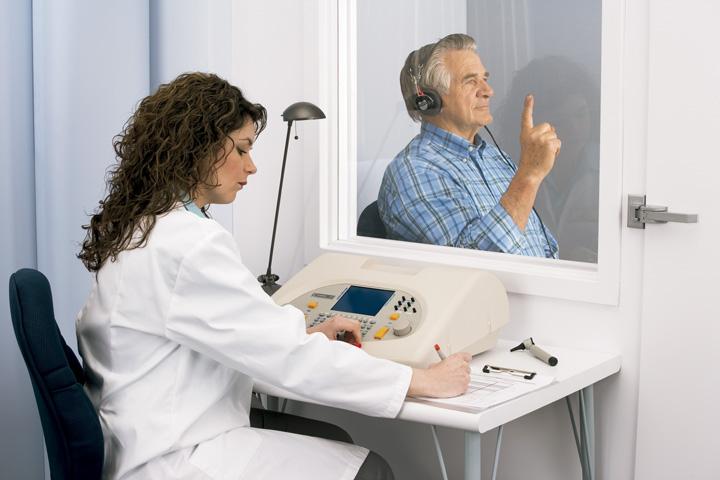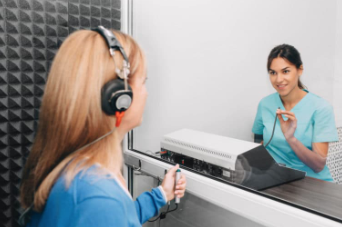Hearing Test
Audiology evaluations consist of a series of tests used to determine whether a hearing loss exists and, if so, measure its type, degree and configuration. An audiologist will assess the results of each individual test in order to develop a treatment plan geared toward your unique hearing loss.
Who Should Be Given an Audiology Evaluation?
An audiology (or hearing) evaluation can benefit patients of all ages, even those who do not exhibit signs of hearing loss. If you are unsure of whether or not you might benefit from an audiology evaluation, this simple hearing quiz can help determine if hearing loss may be impacting your daily life.
How does hearing loss develop?
Hearing loss is typically a progressive condition that often develops slowly. Many people are not aware of a change in their hearing because they gradually adapt to the subtle changes in their hearing ability over time. Studies indicate that it takes seven years, on average, for a hearing impaired individual to seek treatment.
What’s the first step in hearing loss treatment?
An audiology evaluation should be the first course of action for anybody who even suspects a hearing loss. The sooner a diagnosis of hearing loss is made, the more successful treatment will be. Early detection means more options for the patient.
Many physicians urge making audiology evaluations a routine part of your overall health care, much like regular vision exams and dental checkups. They are quick, painless and provide immediate results.
What to Expect at Your First Appointment

CASE HISTORY & BACKGROUND
You will be asked some questions about your hearing health and your listening lifestyle to learn more about your specific concerns in areas that are most important to you.

EXAMINATION OF THE EAR
Next, your doctor will examine your ears to ensure they are healthy and to see if any obstruction, like ear wax, may be causing your hearing difficulties.

HEARING EVALUATION
You will be moved to a sound treated room and participate in several tests that will include listing to sounds and having you repeat words. This will help your doctor determine what you’re hearing (or not hearing).

NEXT STEP
Your doctor will discuss your test results in detail and review your current hearing health. Treatment recommendations will be made based on your test results, listening lifestyle, and preferences.
What Does Diagnostic Testing Entail?
A comprehensive audiology evaluation consists of a series of individual diagnostic tests that measure different aspects of your hearing. Following a physical examination and a review of your medical history, you will be given any or all of the following tests:
Pure Tone Testing
Pure-tone testing (also known as pure tone audiometry) uses air conduction to measure your ability to hear sounds of various pitches and volumes. Wearing headphones, you will be asked to identify a series of tones by raising a hand, pressing a button, or responding verbally.

